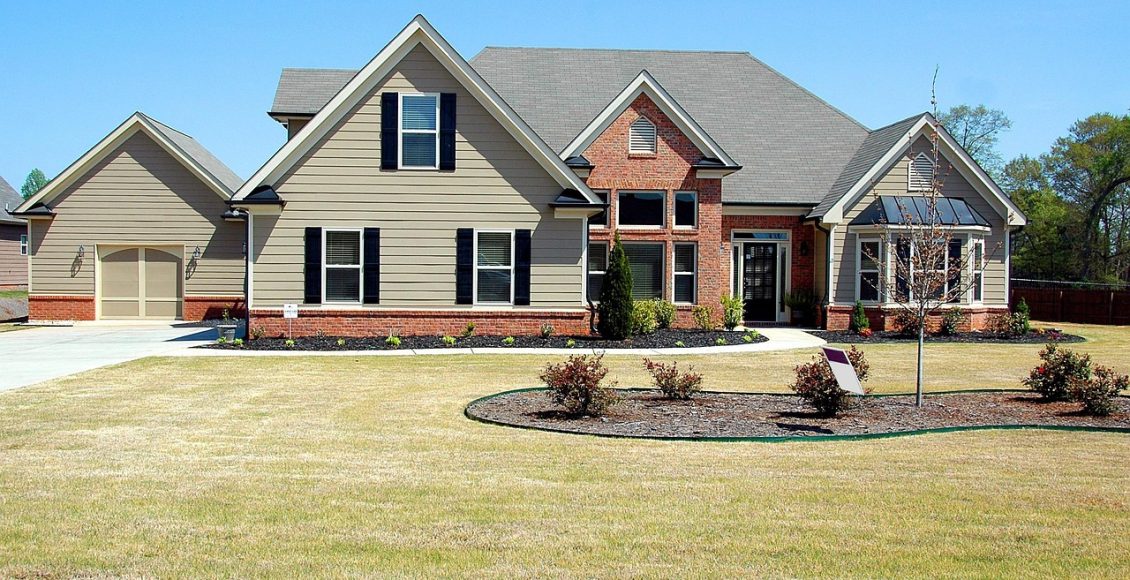When you decide to sell your house it is important to get as much as you can, and the best way to do so is to increase its market value with some upgrades. But, what is crucial to know is that not every upgrade pays off. If you do a renovation that costs more than it adds in value, you are not gaining anything, right the contrary.
The main question is how to know which renovation or upgrade will pay off. Well, if this is confusing for you, don’t worry! You are in the right place. It doesn’t matter if you are an experienced homeowner who wants to maximize returns or a first-time seller, here are mistakes that you must avoid if you want to save your time, and money, and avoid frustration.
Over-personalizing the Space
This is the most common mistake because a lot of homeowners do renovations based on their own personal tastes. Why is that wrong? Well, when someone is buying your house he might not like what you’ve done because his taste is different. And automatically, he will see changing those alterations as an extra cost.
The space should reflect your personality while it’s yours, but once you decide to sell, the best thing you can do is prefer neutral tones and classic finishes, which will allow buyers to visualize the space as their own.
Here are some suggestions on how to avoid over-personalizing the space:
- Neutral color palettes for walls and flooring will appeal to a larger audience.
- Stick to timeless options such as hardwood, quarry stones, and traditional tiles.
- Forego themed rooms, built-in aquariums, and other hyper-custom features.
Ignoring Structural and Roofing Issues
While cosmetic fixes will certainly help sell a home, they can’t really be used to negotiate away serious structural issues. Safety first, after all. Especially when it comes to such a high-priced investment.
If there’s any structural problem, it must be addressed before the sale or it’ll significantly affect the house price. Most buyers have the property inspected, and you will want to assure them that the house is not just a pretty face but solid and sound.
And while a buyer can just take the seller’s word, it’s best to have a professional check your home and leave documentation with the results/insights proving the good-quality of the structure.
Key Areas to Check:
- Roof Condition: If buyers find out your home’s roof is outdated or sagging (or has a hole and is leaking), it can be a deal-breaker. To prevent that, you can invest in some smart solutions like gable roof trusses that provide a strong and durable roofing solution.
- Foundation Stability: If you notice cracks in the foundation deal with all of them immediately. Don’t sleep on it since the current issue might worsen without warning.
- Plumbing and Electrical Systems: Outdated or faulty systems can turn buyers away. You should seek professional help and check/upgrade your plumbing and electrical systems.
Overspending on Luxury Upgrades
How expansive and luxurious your upgrades will be depends also on the neighborhood where you are selling. For example, you can remodel the kitchen following the latest trends and spend thousands of dollars on that renovation, but your buyer is going to compare your home’s price with others in the area.
While others will have a more modest kitchen, their pricing is going to be more acceptable for the buyer. So, basically, this type of luxury upgrade in this kind of case doesn’t make any sense.
Smart Investment Tips:
- Compare your home’s value to similar properties in your neighborhood. This will give you a pretty good/accurate insight into how much you should (or shouldn’t) invest in upgrades.
- Choose mid-range improvements. They’ll provide a good balance of quality and cost.
- Avoid expensive fixtures unless they match the area’s market demand.
Common Home Renovation Mistakes and How to Fix Them
| Mistake | WHY it’s a problem? | HOW to fix It? |
| Overpersonalizing decor | Limits buyer interest | Use neutral colors and finishes |
| Ignoring structural issues | Buyers will find out about it during inspections | Address roofing, plumbing, and foundation |
| Overspending on luxury upgrades | It can be a mismatch with neighborhood value | Mid-range improvements are safe investment |
| Neglect curb appeal | It can ruin a first impression | Improve exterior features |
| DIY renovations gone wrong | Poor quality will not enhance home value | Seek professional help for major work |
Skipping Permits and Inspections
This is something where you cannot afford to cut costs. Skipping required permits for renovations can lead to fines, and complications during the sale. It can even force the removal of unapproved work. Another potential turn-off for buyers can be if you had any unpermitted or illegal additions/modifications done on your home, since those can cause complications later on if they do decide to buy the property.
Conclusion
As you can see by now, costly renovations which are not necessary or smart, can cause more damage than good. That is why you should focus on essential repairs, and make sure to avoid unnecessary luxury upgrades. Your main task is to make your home more appealing without overspending. If it comes to some structural problems, that is where you should invest money in repair to make sure your home is sound and durable. Don’t put too many personal details, and remodel the home in a neutral palette to allow potential new owners to imagine the space as their own.



Comments are closed.